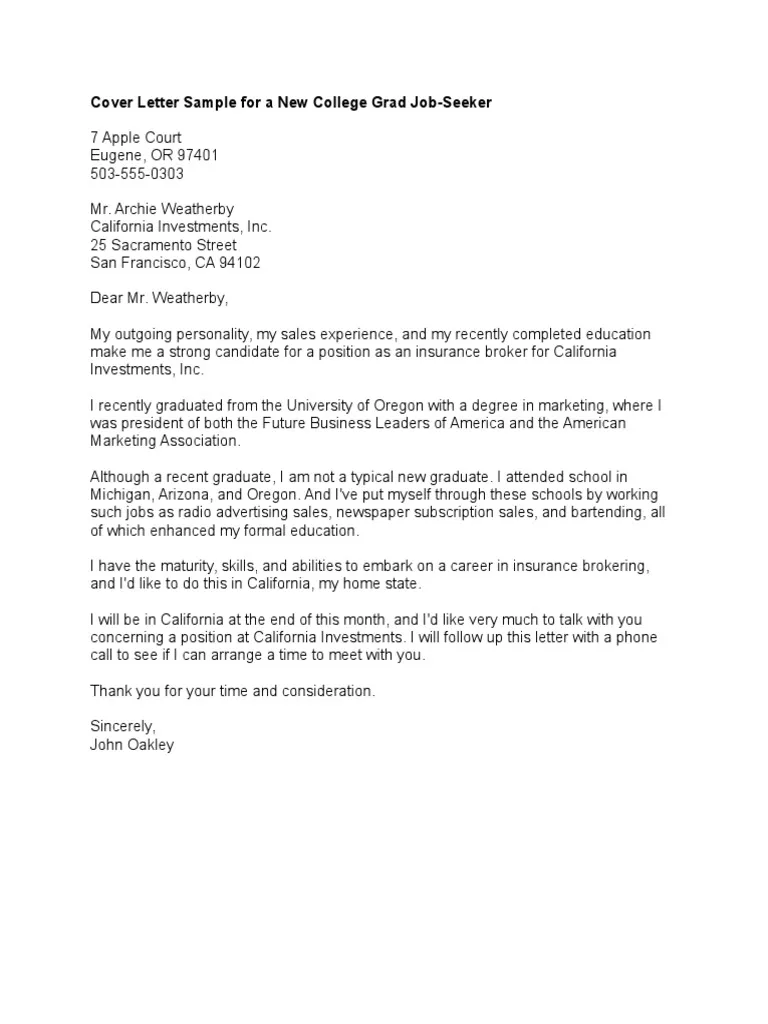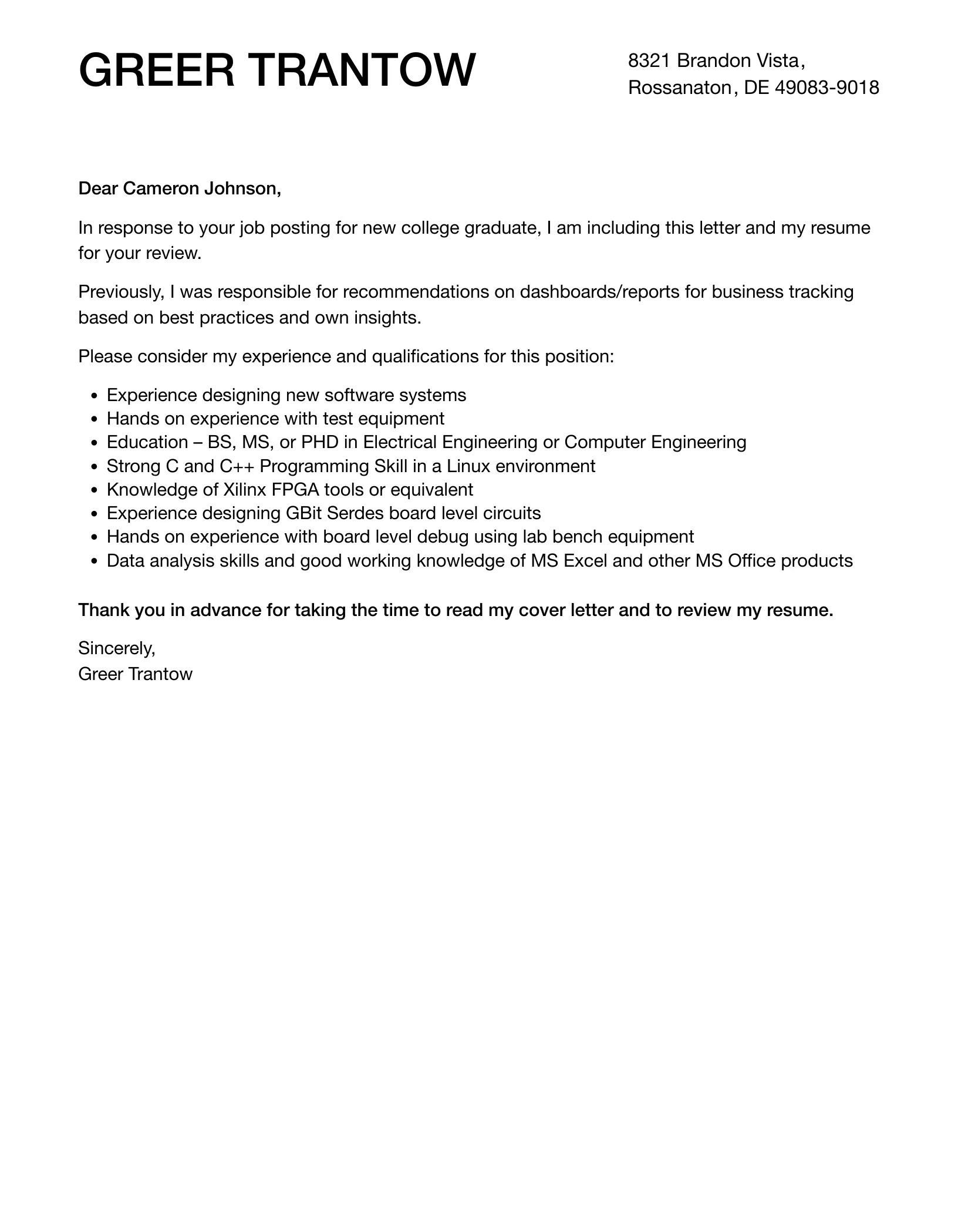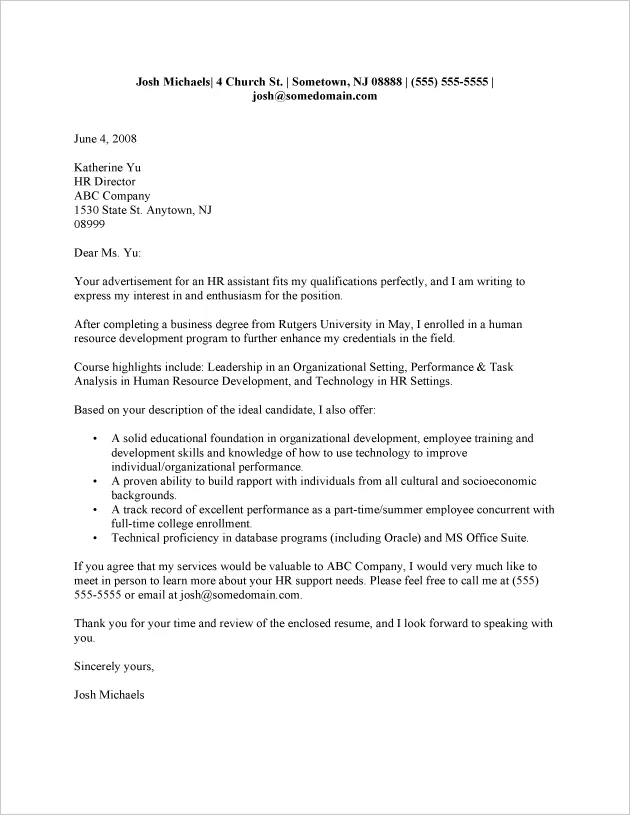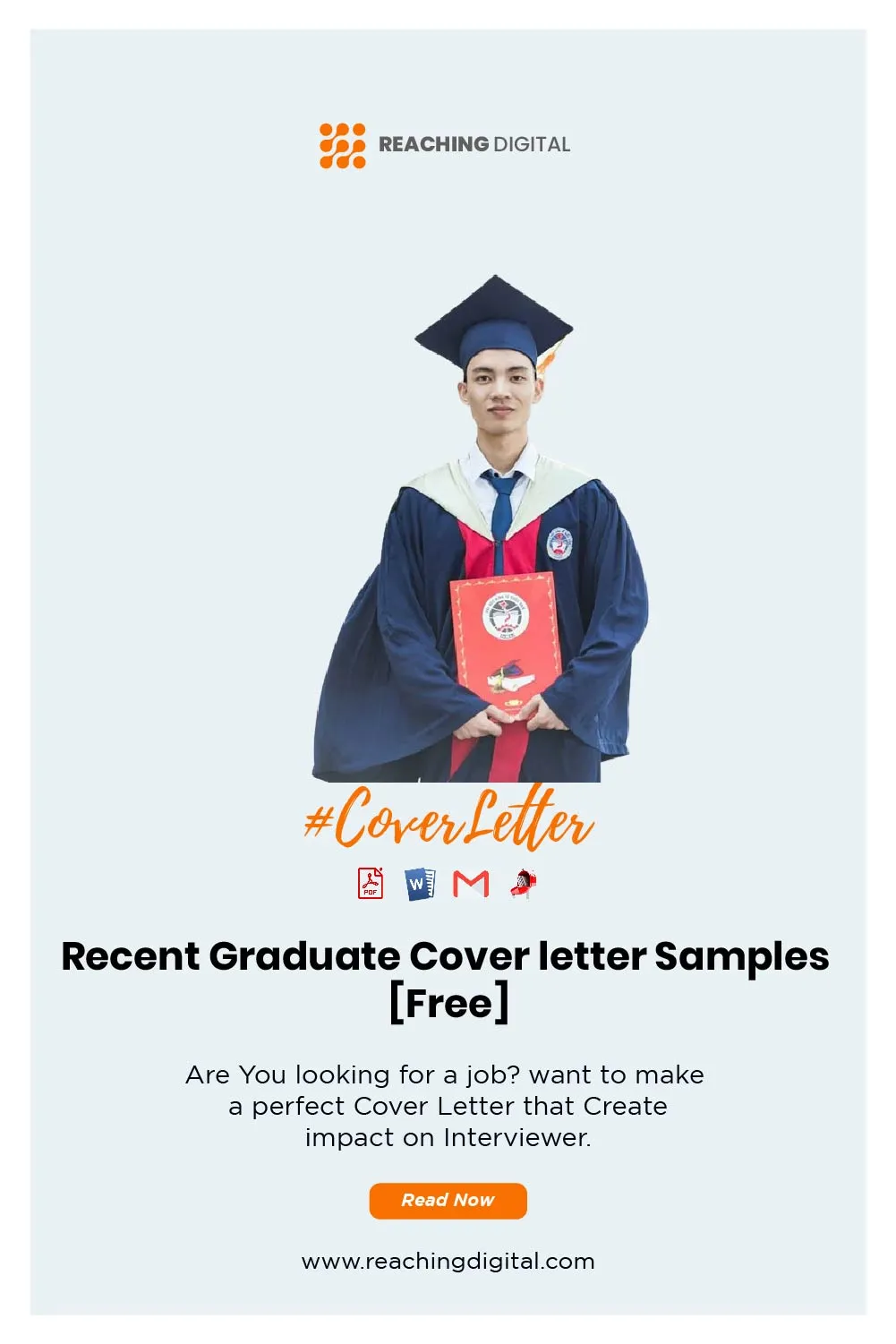Crafting a compelling cover letter is a crucial step for recent college graduates entering the job market. It’s your first opportunity to make a lasting impression on potential employers, showcasing your personality, skills, and enthusiasm. A well-written cover letter can significantly increase your chances of landing an interview. However, many graduates struggle with this task, unsure of how to effectively highlight their qualifications and stand out from the competition. This guide offers five essential secrets to writing a cover letter that grabs attention and secures your desired role.
Know Your Audience
Understanding your audience, the hiring manager and the company, is the first key to a successful cover letter. This means more than just knowing the name of the person to whom you’re addressing the letter; it involves researching the company’s culture, values, and current projects. Tailoring your letter to reflect this understanding demonstrates that you’ve done your homework and are genuinely interested in the opportunity. It also allows you to frame your skills and experience in a way that resonates with the company’s specific needs and priorities. Use the company’s website, LinkedIn profiles, and industry news to gather insights that will inform your approach and make your cover letter more impactful. This personalized approach demonstrates initiative and attention to detail, qualities that employers highly value in new hires. (cover-letter-audience.webp)
Research the Company
Thorough company research is not just a formality; it’s a strategic move that sets you apart. When you research the company, look beyond the basic ‘About Us’ section. Explore their recent press releases, social media activity, and any awards or recognition they’ve received. This deeper dive will give you a nuanced understanding of their current projects, challenges, and goals. Use this information to align your skills and experiences with their needs. For example, if a company is emphasizing innovation, highlight any instances where you demonstrated creativity or problem-solving abilities. If they value teamwork, showcase your collaborative skills. Your research should inform every aspect of your cover letter, from the opening paragraph to the closing statement, making it clear that you are a thoughtful and well-prepared candidate. (company-research.webp)
Tailor Your Letter

Generic cover letters are easily spotted and often disregarded. Tailoring your letter means customizing each application to fit the specific job and company. This process goes beyond simply changing the job title in the salutation. It involves carefully reviewing the job description and identifying the key skills and qualifications the employer is seeking. Then, select the experiences and accomplishments from your resume that best demonstrate these skills, and highlight them in your cover letter. Use the same language as the job description to mirror the employer’s expectations. Show, don’t just tell, how your background aligns with the role. If the job description emphasizes project management skills, provide a specific example of a project you managed, the challenges you faced, and the results you achieved. (tailoring-cover-letter.webp)
Highlight Relevant Skills and Experience
As a recent graduate, you might feel that your experience is limited. However, every internship, project, volunteer activity, and extracurricular involvement offers valuable experience. Your cover letter is the perfect place to showcase these skills. Focus on the most relevant skills and experiences for the job you’re applying for. Identify the skills mentioned in the job description and provide specific examples of how you’ve demonstrated those skills. Did you lead a team in a project? Did you improve a process through analysis and optimization? Did you solve a problem? Quantify your accomplishments whenever possible. Rather than just saying you have strong communication skills, describe a time when you successfully presented to a large audience or mediated a conflict. Provide concrete evidence to support your claims and show employers that you are a capable candidate. (skills-experience.webp)
Showcase Your Achievements
Achievements speak volumes. Instead of listing your responsibilities, emphasize what you accomplished in those roles. Did you increase sales, improve efficiency, or streamline a process? Even if your achievements are from academic or extracurricular activities, they are still valuable. Use the STAR method (Situation, Task, Action, Result) to structure your examples. Describe the situation, the task you were assigned, the action you took, and the positive result you achieved. For instance, instead of saying you were responsible for customer service, you could say, ‘During my internship at XYZ Company, I handled customer inquiries, which resulted in a 15% increase in customer satisfaction, as measured by post-interaction surveys.’ Quantifiable results are particularly compelling because they provide concrete evidence of your abilities and potential. (achievements-cover-letter.webp)
Use Action Verbs

Action verbs make your cover letter dynamic and engaging. They bring your accomplishments to life and clearly demonstrate your skills and capabilities. Instead of using passive phrases like ‘was responsible for,’ use active verbs like ‘managed,’ ‘developed,’ ‘implemented,’ ’led,’ ‘achieved,’ or ‘created.’ Start each bullet point or sentence describing your achievements with a strong action verb. For example, instead of writing ‘My task was to manage social media accounts,’ write ‘Managed social media accounts, increasing followers by 20% in three months.’ Action verbs inject energy and excitement into your writing, making you sound confident and capable. Here are some examples of strong action verbs to use: spearheaded, initiated, executed, enhanced, optimized, collaborated, and facilitated. (action-verbs-cover-letter.webp)
Format Matters
The appearance of your cover letter is as important as the content. A well-formatted cover letter is easy to read and demonstrates professionalism. Choose a clean and professional font like Arial, Calibri, or Times New Roman. The font size should be between 10 and 12 points. Use appropriate spacing between paragraphs and lines to create visual clarity. A standard business letter format, with your contact information, the date, the hiring manager’s name and title, a formal salutation, the body of the letter, a professional closing, and your signature (if submitting a hard copy), is recommended. Avoid using excessive formatting elements, as they can be distracting. Proofread your letter meticulously to eliminate any typos or grammatical errors; these can undermine your credibility.
Choose the Right Font and Size
Selecting the right font and size is critical for readability and professionalism. Opt for a standard font like Arial, Calibri, or Times New Roman. These fonts are widely accepted and easy on the eyes, which will help the hiring manager focus on the content of your letter. Font size should be between 10 and 12 points. Any smaller, and it becomes difficult to read; any larger, and it may appear unprofessional. Consistent use of font and size throughout the document will help make your cover letter look organized and polished. Pay attention to the headings and subheadings. Use bolding, italics, or a slightly larger font size to differentiate them from the body text, but keep the overall design clean and uncluttered. (concise-cover-letter.webp)
Keep it Concise

Hiring managers are busy and often have to review numerous applications. Therefore, keep your cover letter concise and to the point. Aim for a one-page letter; it should be long enough to showcase your skills and enthusiasm, but not so long that it loses the reader’s attention. Avoid unnecessary details or overly lengthy explanations. Each sentence should have a purpose, and every paragraph should contribute to the overall message. Focus on your most relevant qualifications and experiences. Use clear and direct language. Get straight to the point and avoid rambling. Conciseness demonstrates respect for the reader’s time and shows that you can communicate effectively and efficiently. (concise-cover-letter.webp)
Proofread Carefully
Proofreading is a non-negotiable step in the cover letter writing process. Typos, grammatical errors, and spelling mistakes can instantly damage your credibility and create a negative impression, no matter how impressive your qualifications are. Proofread your cover letter multiple times, preferably after taking a break from writing. Read it aloud to catch any awkward phrasing or grammatical errors that you might have missed. Ask a friend, family member, or career advisor to review your letter as a second pair of eyes can often spot errors that you might overlook. Pay special attention to proper nouns, company names, and contact information. Using spell-check and grammar-check tools is advisable, but don’t rely on them completely; always review the suggestions carefully to ensure they are appropriate in context. (proofread-cover-letter.webp)
Focus on Value
The purpose of your cover letter is to convey the value you bring to the company. Instead of simply stating your skills and experiences, focus on how you can use them to solve problems, contribute to the company’s goals, and make a difference. This requires a shift in mindset from what you want (the job) to what you can do for the company. Show the employer that you understand their needs and can help them achieve their objectives. Demonstrate your understanding of the company’s challenges and propose ways in which you can contribute to their success. By highlighting your potential contributions, you are making a compelling case for why the employer should choose you over other candidates.
Connect Your Skills to Company Needs

A successful cover letter bridges the gap between your skills and the company’s needs. The job description clearly outlines the essential skills and qualifications the employer is seeking. Your task is to demonstrate how your skills align with these needs. Analyze the job description and identify the key requirements. Then, in your cover letter, provide specific examples of how you’ve used these skills in the past. Use the same keywords and phrases as the job description. For example, if the job description mentions ‘project management,’ highlight instances where you successfully managed projects. If they are looking for someone with strong communication skills, showcase examples of your effective communication, such as presentations, reports, or team meetings. Tailoring your letter in this way shows the hiring manager that you understand their requirements and are a good fit for the position.
Quantify Your Accomplishments
Numbers speak louder than words. Whenever possible, quantify your accomplishments to make your cover letter more impactful. Instead of saying you ‘improved customer service,’ state that you ‘increased customer satisfaction by 20%.’ Rather than stating you were ‘responsible for marketing campaigns,’ mention that you ‘managed marketing campaigns that resulted in a 15% increase in lead generation.’ Quantifying your achievements provides concrete evidence of your skills and abilities, making your letter more persuasive. Use metrics, data, and statistics to illustrate your impact. This approach not only makes your achievements more impressive but also demonstrates that you are results-oriented and capable of delivering measurable outcomes. Quantifiable data provides tangible proof of your abilities. (value-cover-letter.webp)
Include a Strong Call to Action
Your cover letter should conclude with a strong call to action. This is your opportunity to express your enthusiasm for the position and prompt the hiring manager to take the next step. Clearly state your interest in an interview and make it easy for the hiring manager to respond. Instead of simply saying, ‘Thank you for your time,’ try a more direct approach, such as, ‘I am eager to discuss how my skills and experiences can contribute to your team, and I welcome the opportunity for an interview.’ Provide your contact information, including your phone number and email address, to ensure the hiring manager can easily reach you. Make it clear you are available and ready to proceed with the hiring process. A strong call to action increases your chances of securing an interview and getting hired.
End with a Professional Closing

The closing of your cover letter sets the final tone and reinforces your professionalism and enthusiasm. A well-crafted closing leaves a positive lasting impression. Choose a professional closing, such as ‘Sincerely,’ ‘Best regards,’ or ‘Respectfully.’ Avoid informal closings like ‘Thanks’ or ‘Cheers’ as they are unsuitable for a professional setting. Following the closing, include your typed name. If submitting a physical copy, sign your name above your typed name. Ensure your closing is consistent with the tone of your cover letter; if your letter is formal, your closing should reflect that, and if it is more conversational, your closing should be appropriate as well. A professional closing demonstrates attention to detail and reinforces your overall message.
Express Enthusiasm
Let your enthusiasm shine through in your cover letter’s closing. Express your genuine interest in the position and the company. Highlight why you are excited about the opportunity and what specifically appeals to you about the role or the organization. Showing enthusiasm can significantly boost your chances of getting noticed. Briefly reiterate your key qualifications and reiterate how you can contribute to the company’s success. Enthusiasm is contagious, and it will make you a more memorable candidate. If possible, tailor your enthusiasm to something specific you know about the company. For instance, if you admire their innovative approach or their commitment to a particular cause, mention it. This shows you’ve done your research and are genuinely interested. (professional-closing-cover-letter.webp)
Provide Contact Information
Always provide your contact information in the closing section. This includes your email address and phone number. Ensure your email address is professional and appropriate. Avoid using a casual or unprofessional email address. Make it easy for the hiring manager to contact you. Double-check that your contact information is accurate and up to date. Consider including a link to your LinkedIn profile, if you have one, to provide the hiring manager with additional information about your skills and experience. By providing clear and concise contact information, you remove any obstacles to the employer reaching out to you for an interview or further discussion. Ensure that the contact information is correct and readily accessible; this can make the difference between an interview and a rejection. (contact-information-cover-letter.webp)
In conclusion, a well-crafted cover letter is a powerful tool for recent college graduates. By following these five key secrets – knowing your audience, focusing on value, formatting correctly, showcasing your achievements, and ending with a professional closing – you can significantly increase your chances of securing an interview and landing your dream job. Remember, your cover letter is your opportunity to make a strong first impression and showcase your potential. Invest the time and effort to craft a compelling letter that will set you apart from the competition. Good luck with your job search!
